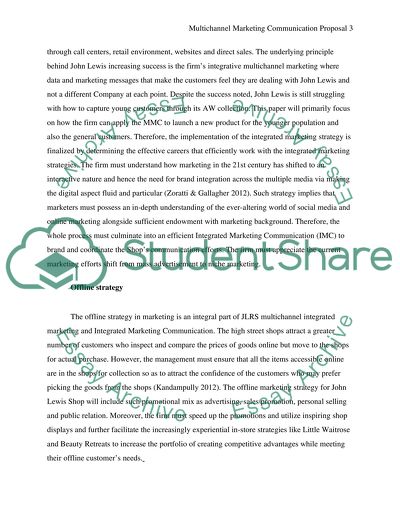Cite this document
(“John Lewis' Multi-Channel Marketing Communication Proposal (Summative) Essay”, n.d.)
John Lewis' Multi-Channel Marketing Communication Proposal (Summative) Essay. Retrieved from https://studentshare.org/marketing/1686640-john-lewis-multi-channel-marketing-communication-proposal-summative
John Lewis' Multi-Channel Marketing Communication Proposal (Summative) Essay. Retrieved from https://studentshare.org/marketing/1686640-john-lewis-multi-channel-marketing-communication-proposal-summative
(John Lewis' Multi-Channel Marketing Communication Proposal (Summative) Essay)
John Lewis' Multi-Channel Marketing Communication Proposal (Summative) Essay. https://studentshare.org/marketing/1686640-john-lewis-multi-channel-marketing-communication-proposal-summative.
John Lewis' Multi-Channel Marketing Communication Proposal (Summative) Essay. https://studentshare.org/marketing/1686640-john-lewis-multi-channel-marketing-communication-proposal-summative.
“John Lewis' Multi-Channel Marketing Communication Proposal (Summative) Essay”, n.d. https://studentshare.org/marketing/1686640-john-lewis-multi-channel-marketing-communication-proposal-summative.


